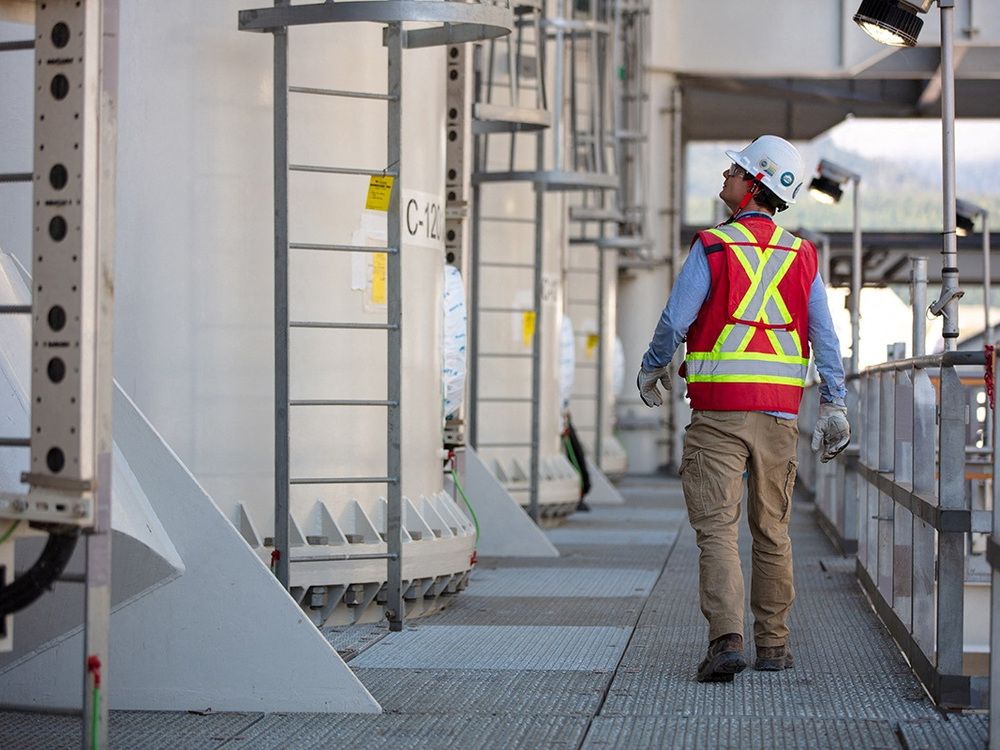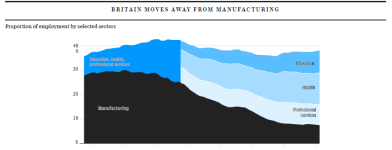No... bad BC leadership means that we're doing it to ourselves - yet again:
Opinion: Why is B.C. holding back on LNG?
Shipping LNG would generate tens of billions of dollars, reduce carbon emissions and provide reconciliation to First Nations
“Is there any other point to which you would wish to draw my attention?” the detective asked. “To the curious incident of the dog in the night-time,” replied Holmes. “The dog did nothing in the night-time,” answered the detective. “That was the curious incident,” said Holmes. — Sir Arthur Conan Doyle
This exchange from the Sherlock Holmes adventure “Silver Blaze” has become famous for highlighting that what is not said or done may ultimately reveal more than what is.
In British Columbia we recently had such an incident. Not surprisingly, it passed without much fanfare: it’s hard to headline what hasn’t been said. In the third week of January, leaders from the province’s natural resources sector gathered in Prince George for the annual B.C. Natural Resources Forum. CEOs and other important players were there from all the resource sectors that make B.C.’s economy tick: mining, B.C. Hydro, forestry, oil and others.
In his keynote address to this gathering of industry heavyweights, newly minted B.C. Premier David Eby talked about hydrogen and the need for sustainability and low carbon — multiple times — though without ever specifying what he actually meant. But Premier Eby mentioned B.C.’s — and indeed the world’s — new star commodity, liquefied natural gas (LNG), precisely zero times. The dog, as it were, did not bark.
Royal Dutch Shell wants to expand the LNG Canada terminal currently set to begin shipping liquefied gas from Kitimat in Northern B.C. in 2025. The expansion would double the project’s capacity to 28 million tonnes of LNG annually and could be ready by 2028 if approved. No doubt Shell’s desire to expand the project follows from its projection that without further investments there will be a worldwide
shortfall of LNG supply by the end of the 2020s. Two main drivers of that forecast are Europe’s turning away from Russian gas and increased Asian demand for LNG as a low-carbon alternative to coal.
LNG
produces between 50 and 65 per cent fewer emissions than coal, which makes it an ideal transition fuel.
China,
Germany and others are signing huge, long-term contracts with any country willing to take advantage of the opportunity. Several countries, including Germany and Japan, have in effect come begging to Canada asking us to develop our natural gas and sell it to them. Our response has been to offer them hydrogen instead.
B.C. should be hammering down the door of every federal cabinet minister to say it insists on developing its LNG resources and opening itself for business. At current prices, each LNG ship leaving Kitimat will be carrying gas worth around
US$100 million. Current plans call for one ship a day. If they frustrate Shell’s proposal to double LNG Canada’s capacity, B.C. and Ottawa are in effect saying no to sales of $36 billion a year.
The provincial budget released last week underlines the financial importance of LNG to British Columbia. With its
deficit of $4.2 billion, the budget funds many laudable services. But how will it be paid for? Tables 4.8 and A.9 of the
Budget and Fiscal Plan indicate that gas royalties will contribute more than $2 billion a year. Why are we shy about attempts to double this?
Because the power used to liquefy it comes from hydro B.C.’s LNG is some of the cleanest gas in the world. By comparison, in 10 years of operations, the
Golden Pass LNG project in Houston will emit 30 million more tonnes of carbon than LNG Canada. Replacing dirtier gas, let alone coal, with B.C.’s cleaner gas would reduce world carbon output.
The economic opportunity that LNG offers First Nations communities is also beyond compare. The First Nations LNG Alliance recently
wrote to Premier Eby to highlight what B.C. would be losing by not taking advantage of its LNG windfall.
In sum, David Eby has been handed a generational economic opportunity for B.C. and, indeed, for Canada. Shipping LNG from B.C. would generate tens of billions of dollars in economic activity, reduce global carbon emissions and provide real economic reconciliation to First Nations. So why is this dog not barking?
Motive is often mysterious, as Holmes taught. But in this case the premier’s silence strongly suggests the B.C. NDP has been captured by an eco-ideology that either can’t — or refuses — to understand that LNG offers a real, lower-carbon transition today, while hydrogen is mainly a far-off possibility for the future.
If Japan’s and Germany’s leaders had stamped their foreheads with “LNG! ASAP! Please!” they could not have sent us a clearer message. David Eby, what on earth are you waiting for?
Shipping LNG would generate tens of billions of dollars, reduce carbon emissions and provide reconciliation to First Nations. Read on.

financialpost.com







